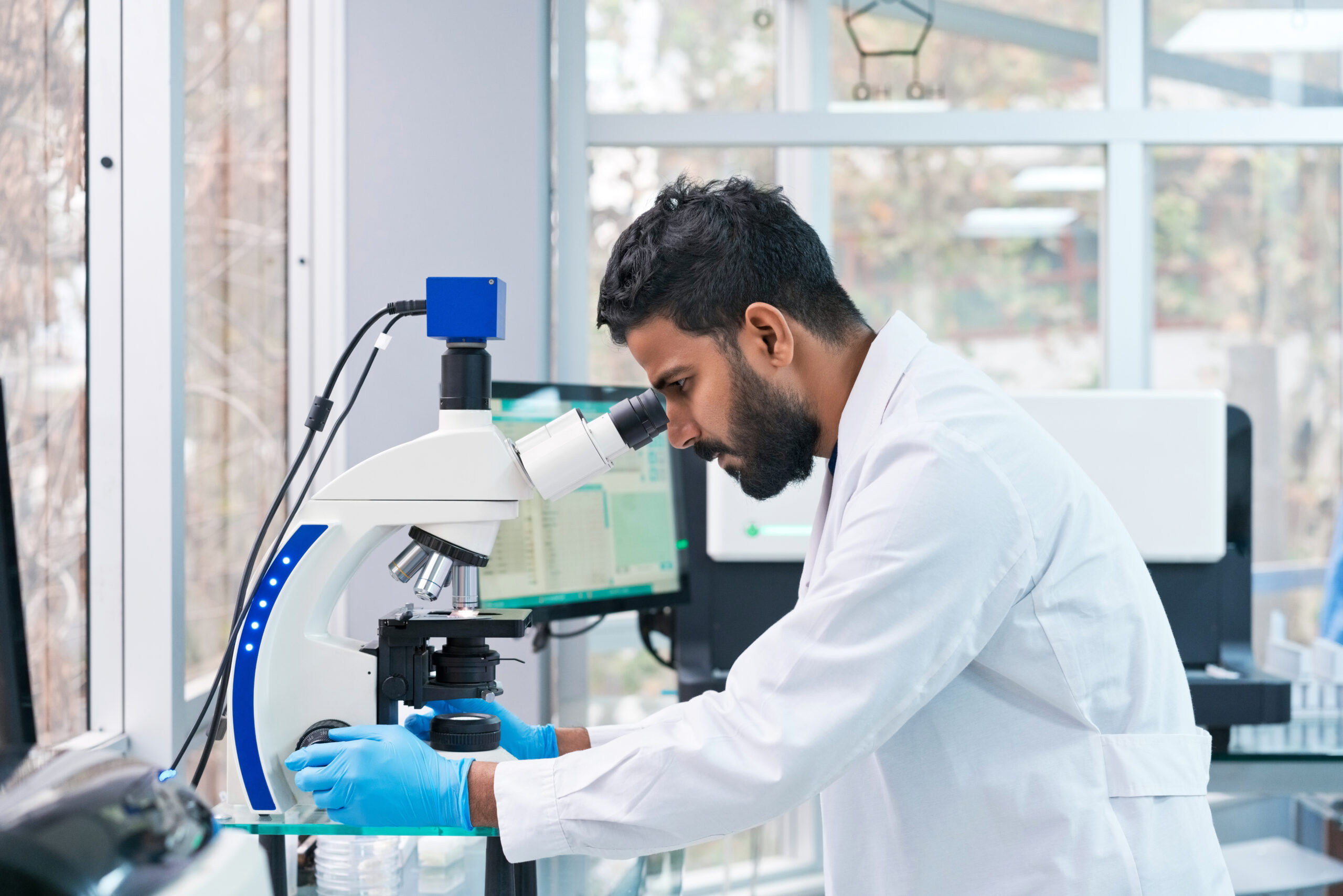Conquering the Mountain: All You Need to Know About the PMA in Medical Devices
Have you ever wondered how those groundbreaking, life-saving medical devices come to be? Often, they reach our doctors’ hands and patient bedsides after scaling a regulatory Everest: the Premarket Approval (PMA) process. This rigorous pathway, overseen by the Food and Drug Administration (FDA), ensures that high-risk medical devices meet the highest standards of safety and effectiveness before entering the market.
Think of the PMA as a high-security gatekeeper, meticulously examining each device seeking entry. Unlike its lesser-known 510(k) cousin, which relies on existing devices for comparison, the PMA demands independent validation – climbing, not coasting, to approval.
So, what exactly is a PMA?
It’s an extensive document submitted by manufacturers of innovative, high-risk medical devices. This document delves deep into every aspect of the device, from its design and manufacturing to its clinical performance and risk-benefit profile. Imagine it as a detailed dossier, leaving no stone – or circuit board – unturned.
What devices require a PMA?
The FDA classifies medical devices based on their risk, with Class III devices facing the strictest scrutiny. These often include:
- Implantable devices like artificial hearts and pacemakers
- Life-supporting devices like ventilators and dialysis machines
- Devices used in high-risk procedures like brain surgery or cancer treatment
What does the PMA process involve?
This is where the climbing analogy truly shines. Manufacturers must navigate several demanding stages:
- Premarket submission: The dossier, a mountain of data, is submitted for rigorous review by the FDA.
- Clinical trials: These studies demonstrate the device’s safety and effectiveness in real-world settings. Think of it as scaling the peak of clinical evidence.
- FDA review: FDA experts meticulously analyze the data, asking tough questions and ensuring every crevice is explored.
- Advisory committee: Independent experts weigh in, adding another layer of scrutiny.
- Final decision: The FDA either grants approval, requests additional information, or denies the PMA.
Why is the PMA so important?
It’s a crucial safeguard for patient safety. By demanding an in-depth understanding of high-risk devices, the PMA minimizes the risk of harmful side effects and ensures that only truly effective technologies reach patients.
The Journey Beyond the Summit:
Even after gaining PMA approval, the work isn’t over. Manufacturers must continuously monitor their devices’ performance and report any adverse events to the FDA. It’s an ongoing commitment to maintaining safety and keeping patients at the forefront.
Remember:
- The PMA process is lengthy and complex, requiring dedicated resources and expertise.
- Not all innovative devices require a PMA. Consult the FDA for guidance on your specific device.
- The rigor of the PMA process contributes significantly to the safety and effectiveness of high-risk medical devices, ultimately benefiting patients and shaping the future of healthcare technology.
So, the next time you encounter a cutting-edge medical device, remember the arduous journey it took to reach you – a journey paved with meticulous data, rigorous testing, and the unwavering commitment to patient safety that lies at the heart of the PMA process.




